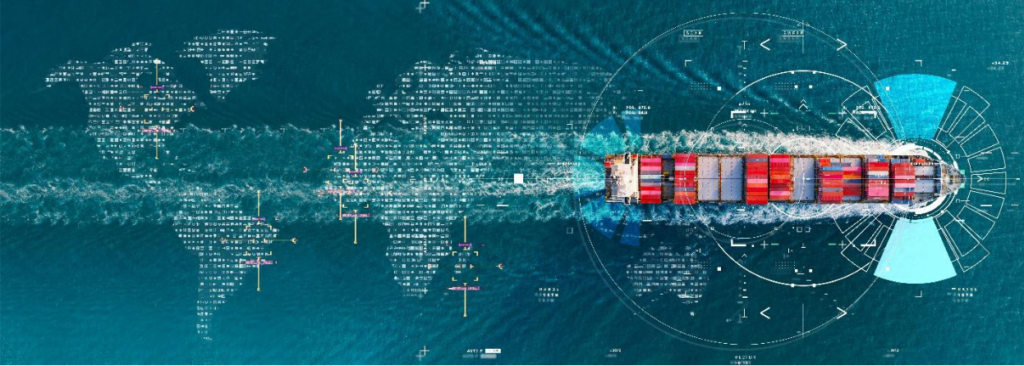
Country Risk Report – February 2024
$3.42 Trillion |
State Department Travel Advisory Level India - Level 2: Exercise Increased Caution |
85/180 |
Anti-Money Laundering/Terrorist Financing FATF, APG, EAG |
62/125 |
Partly Free |
Country Risk Report – February 2024
| GDP (2022) | $3.42 Trillion |
| State Department Travel Advisory Level | India- Level 2: Exercise Increased Caution |
| Corruption Index Score (2022) | 85/180 |
| Anti-Money Laundering/Terrorist Financing | FATF, APG, EAG |
| Property Rights Index | 62/125 |
| Freedom House Ranking | Partly Free |
India’s economic diversity and size offer significant opportunities for businesses and investors.
India is the second most populous country in the world, with a massive and continuously growing population, offering an extensive consumer base and nearly limitless human capital.
India enjoys relatively warm relations with Western powers, including the US. It will be a key player in the shifting global geopolitical landscape, which features increasing polarity between China and the United States.
Despite its familiarity with the US and its allies, India maintains a strategy of ‘multi-alignment’ where it is party to several international organizations and agreements, including alliances with Russia and China.
Although India offers unique and exciting opportunities for companies and investors, it also has a complex domestic environment and various security issues, posing risks to businesses and investors operating in the sub-continent. Therefore, country risk analysis that considers local risks is required before investing.
India’s ‘multi-alignment’ strategy has kept them relatively insulated from geopolitical conflict between major world powers. They are party to multiple international organizations and agreements, including the Indo-Pacific Economic Framework for Prosperity (IPEF), which includes Japan, Australia, and the US, and BRICS (Brazil, Russia, India, China, and South Africa), a bloc of major emerging economies.
Although India stands mainly in a position of neutrality regarding major geopolitical rivalries and contention, China’s growing presence in the Indo-Pacific region has pushed it to align more with the US and its allies regarding policy and strategy. This, along with the increasing polarity between the US and China, has raised suspicions about the sustainability of India’s current international strategy.
Domestically, India faces various challenges, including a fragmented political structure that makes policy reform difficult. India is considered a functioning democracy as it routinely participates in democratic elections and has relatively peaceful transitions of power between administrations.
Despite this, political power tends to be entrenched with politically elite families, demonstrating the lasting effects of India’s caste system. Populist appeals to voters, including welfare schemes, dominate party rhetoric and policymaking. This has encouraged polarization between ethnic groups and different regions in India and hindered policymaking aimed at long-term growth and development.
Other challenges include gender and income inequality, border disputes with China and Pakistan, terrorism and violence, health and sanitation issues, and environmental issues. These risks must be understood and planned for when seeking to do business or invest in India.
Financial analysts predict that India’s economy will grow to be the third largest in the world by 2027, with a GDP reaching as high as $5 trillion and potentially up to $10 trillion by 2030.
India is experiencing higher-than-average growth rates for comparable economies and is emerging as a world economic power. India’s economic growth can be traced to several factors, including financial reforms under Prime Minister Modi, markets and manufacturing shifting away from China, and India’s growing population.
Modi’s administration has passed several economic reforms which have helped spur economic growth. Some notable policy changes include reducing the corporate tax rate from 30% to 25%, ending retrospective taxation of cross-border investments, modernizing labor laws, and reducing limitations on foreign investment into the defense and insurance industries.
While China has been experiencing severe economic challenges in handling the COVID-19 pandemic, demographic issues, and capital flight, India has emerged as an alternative manufacturing destination in Asia.
Since Prime Minister Modi took office in 2014, economic reforms have increased the scale of India’s economy. In fact, it is expected to outpace growth in China’s economy by nearly 2% in the next financial year.
Building on this emerging shift in the Asian economy, India launched its ‘Make in India’ campaign in 2014, seeking to grow its manufacturing capacity through infrastructure development and attracting foreign investment.
India’s massive and diverse economy offers many investment opportunities covering dozens of industries and subindustries. Some of the most notable industries, due to their size and amount of investment opportunity, are:
India presents extensive business and investment opportunities for foreign firms. Understanding how to tap into the enormous potential will require patience, business risk due diligence, and an emphasis on understanding local customs and business practices.
Government-led efforts to develop India’s economy and internal market have focused on attracting manufacturing, reducing reliance on imports, and harnessing India’s domestic workforce. Understanding this is important as firms seek to set up businesses in India.
Partnering with local suppliers and manufacturers may lead to your firm cashing in on government incentives aligned with the ‘Make in India’ and other policies. However, it will be essential to understand who you are doing business with to avoid any hidden corruption or criminal risks.
Partnering with locals will also help companies navigate market intricacies such as consumer preferences, cumbersome bureaucratic hurdles, and distribution channels.
Finally, remaining compliant with shifting regulations can be difficult in India. Having local counsel with the requisite expertise may be required to maintain your ongoing business operations.
Our due diligence investigations help you understand fraud, bribery and corruption issues so your organization can avoid unnecessary risk exposures.
Protecting your corporation’s Board of Directors, shareholders and employees are part of key risk mitigation strategy.
Infortal has screened workforces for Fortune 100 companies, banks, law firms for 30 years including nationwide and international hires.
